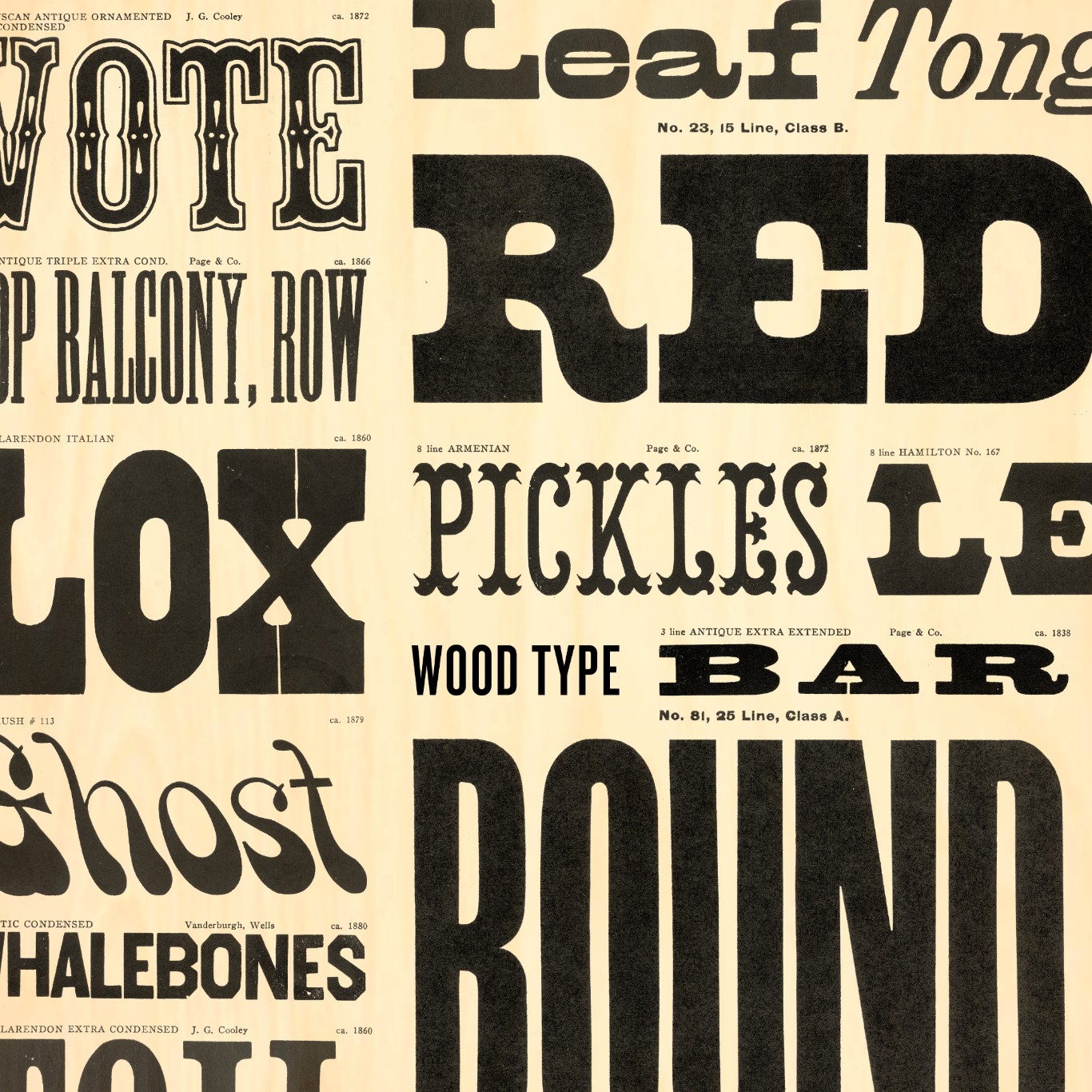
See How Letterpress Printing Helped Shape the Seaport
History buffs, graphic design enthusiasts and lovers of all things type, take note: The South Street Seaport Museum has a new exhibition called The Printed Port that charts the history of printing in the Seaport District.
Swing by the museum’s printing office, Bowne & Co., Stationers on Water Street to see some of the collection’s working 19th-century printing presses in action, as well as ephemera and examples of the pieces the presses turned out in their heyday.
Bowne & Co. was one of hundreds of shops that made up New York’s first commercial hub in the Seaport, and the company partnered with the South Street Seaport Museum in 1975, donating equipment and type from their archives to the museum’s collection.
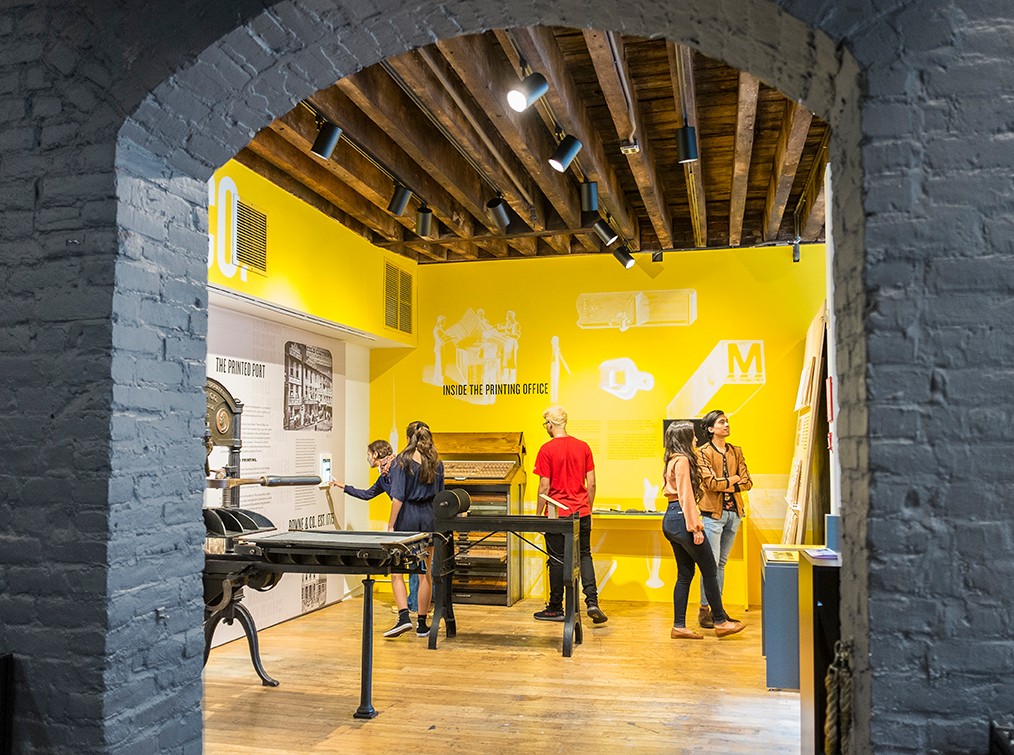
The Printed Port, says museum president and CEO Jonathan Boulware, was designed to “illuminate the connection between ships, trade and the needs of commerce that are central to our mission.”
Printing, he explains, was one of the three main ingredients of the port, along with shipping and finance. “Anytime you have ships bringing in goods and cargo, there’s a lot of money that changes hands,” Robert Wilson, Bowne’s art director, elaborates. “A robust printing industry makes a port work because anytime money changes hands, you need receipts and invoices. And, with large surpluses of goods, you need advertising and posters and trade cards.”
The original Bowne & Co. was located not far from the shop’s current location. They began as a dry goods merchant, selling furs and cutlery, and later started producing blank ledger books for a bank, which opened the door to their work in financial printing.
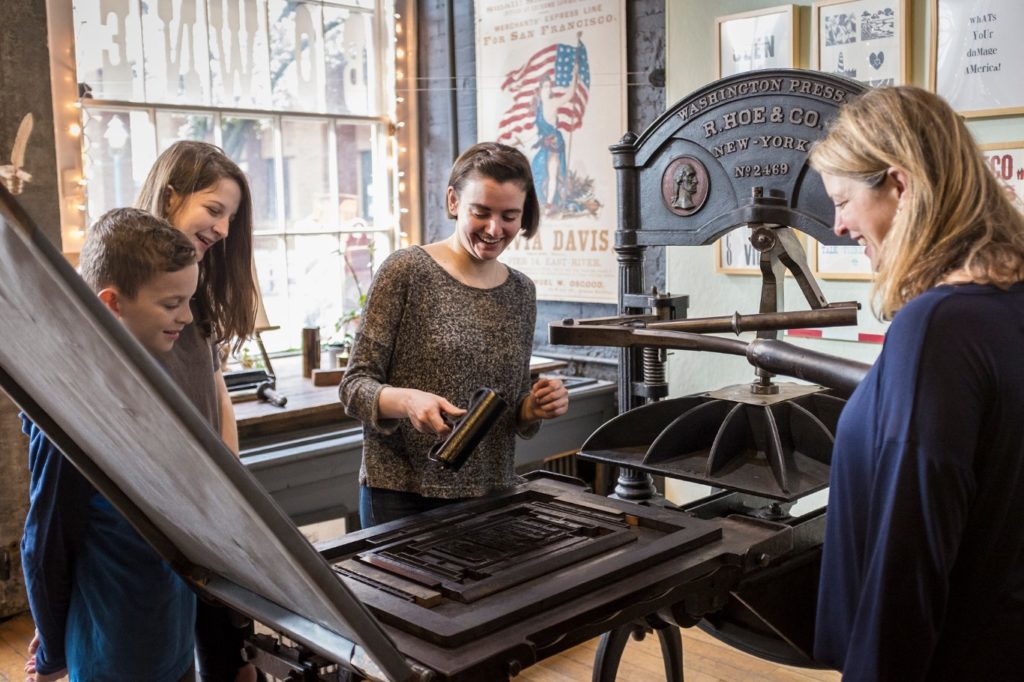
The Printed Port includes a survey of 19th-century printed documents, including receipts, advertisements, tickets and postcards. There is also a display that walks visitors through the process of setting moveable type for a letterpress printing job.
Two of the collection’s historic printing presses will be used for daily demonstrations in the exhibition space—including one made in 1830 nearby, at Fulton and Gold Streets—and visitors can also see Bowne’s other presses at work next door in their shop. There, “we might be working on a wedding invitation, or business cards, or stationery,” says Wilson. “We have an open shop so people can see real work being done.”
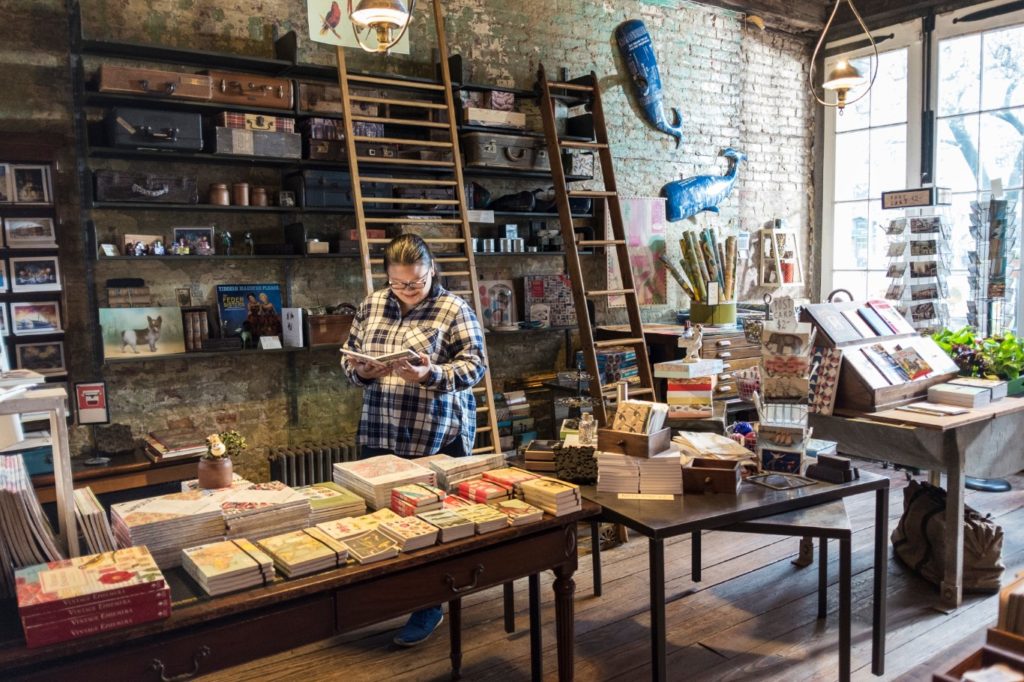
Surprisingly, working with old machines isn’t as fraught with as many mechanical issues as you might expect, and the team are in effect preserving them through use: “These machines were invented to be used 12 hours a day, every day of the week.” There are about 200 years of history between Bowne’s oldest and more recent machines and while it seems counterintuitive, Wilson says that the older machines are easier to maintain because they have fewer moving parts.
In addition to the presses and products on display to the public, Bowne & Co. attracts a community of graphic designers and type enthusiasts, who are drawn to highlights of the archives, like a collection of 19th-century decorative type assembled by Frederick Nelson Phillips, and Bowne’s collection of 1,000 or so printing and graphic design books from the 19th-century and early 20th-centrury. “They’re vocational books,” says Wilson, “but they’re also stunning.” Illustrations from some of these books appear as wallpaper in The Printed Port.
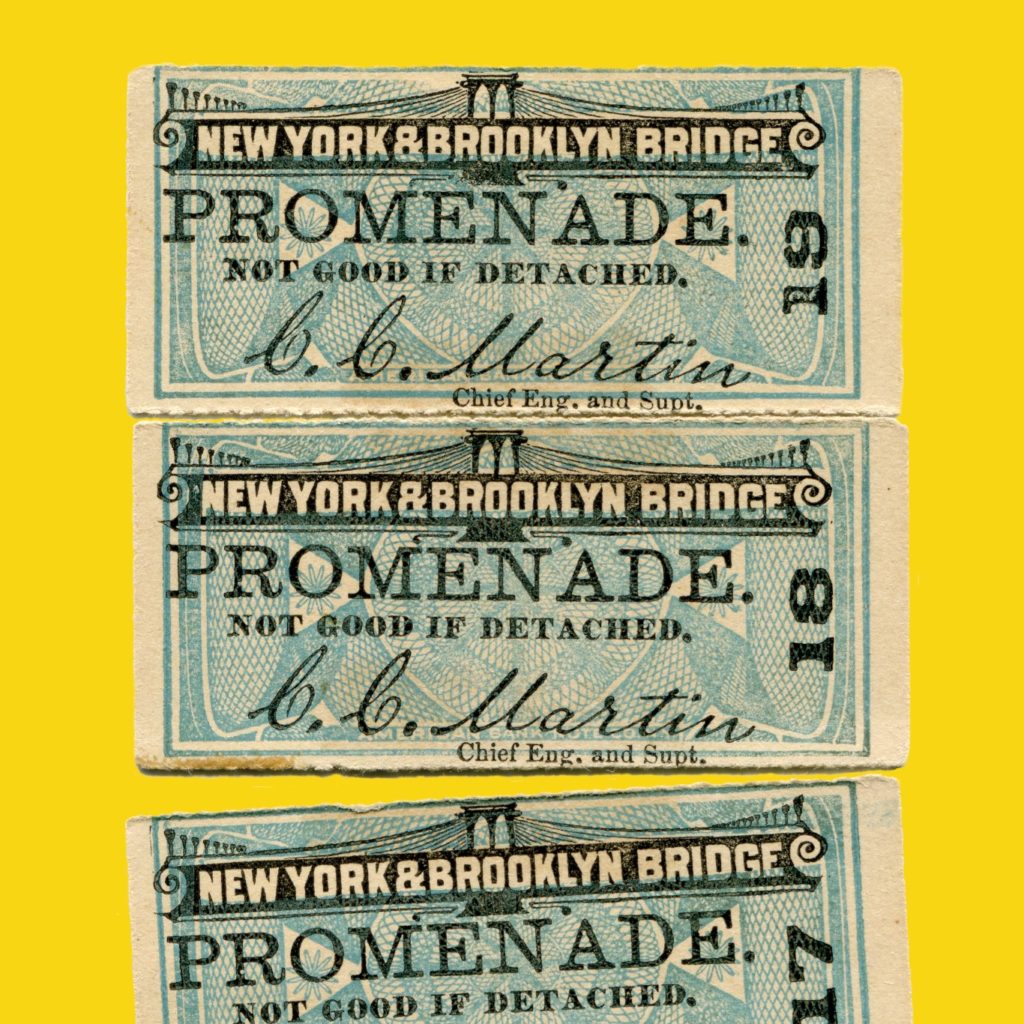
While members of the public can order stationery and other letterpress printing from Bowne & Co., they can also roll up their sleeves and get ink on their fingers by learning how to do it themselves. On the last Wednesday of every month, the shop hosts a two-hour open house called Fresh Prints, which provides an overview of the printing process and lets participants try their hand at operating one of the presses. For a deeper dive, there are 3.5-hour stationery workshops on the first Saturday of the month, where attendees can design their own piece, set their own type, mix their ink and print a small run of stationery.
Bowne also sells stationery and other pieces in its gift shop, including reproductions of special parts of the collection. “That’s one of the things that drew me to letterpress printing,” says Wilson. “is that it’s inherently democratic. The whole idea of printing is so not just one person can have the piece, but many people can have it.”
Bowne & Co. is located at 211 Water Street. Admission to The Printed Port is included in South Street Seaport museum tickets — $20 for adults; $14 for seniors and students; free for children under 8. Tickets can be purchased at southstreetseaportmuseum.org.
Photos by: Richard Bowditch
